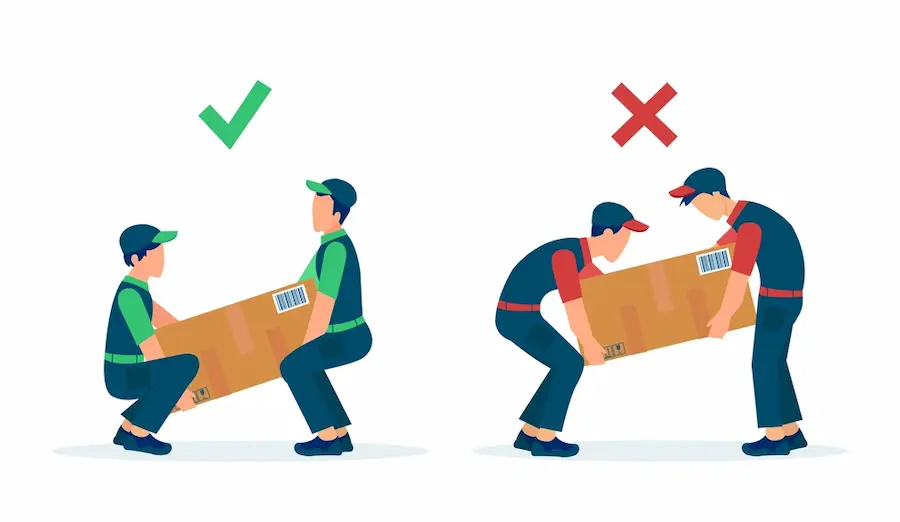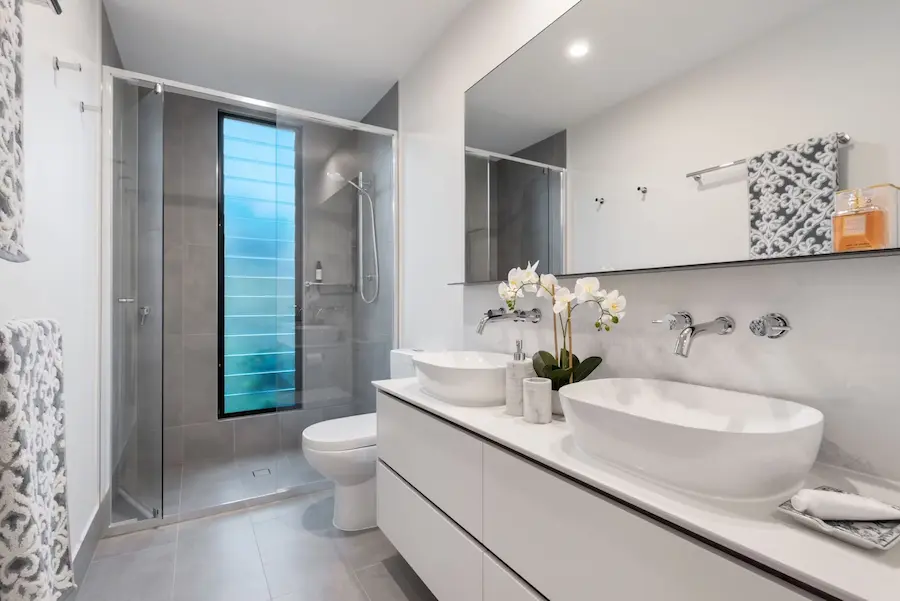Planning a cross-country move can be exciting, but it also comes with its share of expenses. Moving across the country is often more costly than a local relocation, so it’s essential to create a budget to avoid surprises and stay on track financially. By estimating all potential expenses and prioritizing your spending, you can ensure a smoother transition and minimize stress. Here’s how to create a realistic budget for your cross-country move.
Table of Contents
1. Get Quotes from Moving Companies
The first and most significant expense in your moving budget will likely be the cost of hiring a moving company. Depending on the distance, size of your move, and the level of service you choose, prices can vary greatly. To start, obtain at least three quotes from reputable moving companies. Make sure each quote is detailed, with a breakdown of costs that includes:
- Base moving fee: The distance between your old and new home and the weight of your belongings will impact the base cost.
- Additional services: Services like packing, unpacking, and loading/unloading will increase the cost.
- Insurance coverage: Ask about different levels of insurance to ensure your belongings are protected in transit.
- Storage fees: If you need to store items temporarily, make sure you factor in storage costs.
Having multiple quotes will help you choose the most reliable cross country moving services within your budget and avoid surprises down the road.
2. Estimate Packing Costs
Packing supplies can add up quickly, especially if you’re moving a large household. Budget for the following items:
- Boxes: Large, medium, and small boxes for different types of items.
- Bubble wrap or packing paper: To protect fragile items like glassware, dishes, and electronics.
- Tape: Heavy-duty packing tape to seal boxes securely.
- Markers: For labeling boxes clearly with their contents and destination room.
You can save money by gathering free boxes from local stores, recycling old packing materials, or even borrowing boxes from friends and family. However, if you choose to purchase new supplies, expect to spend anywhere from $100 to $300 depending on the size of your move.
3. Factor in Travel Expenses
If you’re moving cross-country, you’ll need to budget for travel costs. This includes:
- Transportation: Gas for driving your car, or the cost of flights if you’re flying to your new location.
- Hotels: If your move requires more than one day of travel, factor in the cost of hotel stays along the way.
- Meals: Plan for food during your trip, especially if you’re driving or staying in a hotel for multiple nights.
Depending on your route and how long your journey takes, travel expenses can range from $200 to $1,000 or more.
4. Account for Temporary Housing Costs
In some cases, you may need temporary housing while you wait to find a permanent place or while your belongings are in transit. This could include:
- Short-term rentals or hotels: If your new home isn’t ready by the time you arrive, you may need a place to stay for a few weeks or months.
- Storage fees: If you can’t move into your new home immediately, you may also need to rent a storage unit for some of your belongings until you can get settled.
Be sure to add these costs to your budget, as they can add up quickly, particularly in major cities or expensive areas.
5. Plan for Utilities and Setup Fees
Don’t forget about the costs associated with setting up utilities in your new home. These could include:
- Deposits: Some utility companies may require a deposit, especially if you’re a new customer or have bad credit.
- Transfer fees: There may be fees to transfer services like internet, electricity, gas, and water to your new address.
- Installation charges: Setting up cable or internet in your new home may come with installation costs.
Budget anywhere from $100 to $500, depending on the service providers and the setup fees associated with your new location.
6. Budget for Unexpected Expenses
While you can plan for many of the moving costs, there are often unexpected expenses that arise. It’s a good idea to set aside a portion of your moving budget as a buffer for unplanned costs. These could include:
- Damage to items: If something breaks during the move and isn’t covered by insurance, you may need to replace it.
- Last-minute services: You might need to hire additional help or rent equipment for heavy lifting or specialized items.
- Emergency repairs: If you’re moving into a new home that needs repairs, you may need to cover unexpected maintenance costs.
It’s wise to have at least 10% of your total moving budget set aside for these unforeseen expenses.
7. Track Your Spending
Throughout the moving process, keep detailed records of all your expenses. Create a spreadsheet or use budgeting apps to track your spending. By staying organized and keeping tabs on where your money is going, you’ll avoid going over budget.
Conclusion
Creating a budget for your cross-country move involves more than just accounting for the cost of a moving company. Travel, packing materials, temporary housing, utility transfers, and unexpected expenses can all add up. However, by planning ahead, getting multiple quotes, and tracking your spending, you can manage your finances effectively and reduce stress during this busy time. With a well-planned budget, you can stay in control of your move and focus on settling into your new home with confidence.






























































































































































































































































































































































































































































































































































































































































































































































































































































































































































































































































































































































































































0